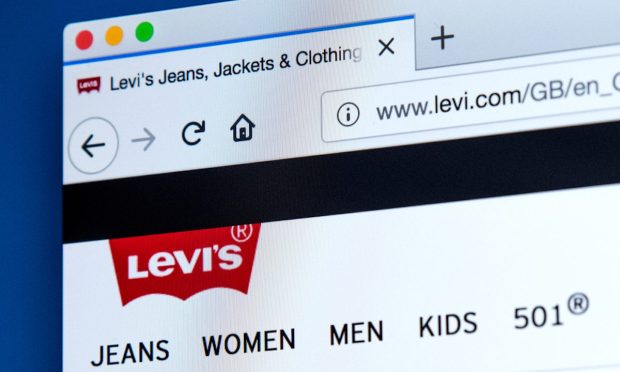AI Algorithms Kick up Levi’s Revenue

Levi Strauss & Co.’s Chief Strategy and AI Officer Katia Walsh on Friday (Dec. 17) noted that its Google Cloud-based data collection portal, which uses artificial intelligence (AI) and includes inventory and sales information, has transformed the entire company, The Wall Street Journal reports.
Levi’s uses AI in pricing and other areas to improve its revenue and boost margins. The data collection includes inventory and sales information from Levi’s stores as well as some stores operated by other retailers, in addition to external data from public and private sources that track consumer buying patterns and behaviors, weather and climate forecasts, economic trends and more, the report states.
Applying machine learning and automation to its data has helped Levi’s increase its personalization of consumer marketing, make informed pricing decisions, predict demand and optimize fulfillment. Machine learning uses statistics and probability to recognize data patterns and make predictions.
In addition to its eCommerce site, Levi’s has its products in about 50,000 retail stores in more than 110 countries. The company uses the collected data and machine learning to help with pricing and shipping, as well as choosing the best locations to send shipments.
“AI is playing a significant role,” Walsh told WSJ. The application of AI to pricing “enabled us to not discount as broadly and deeply as has been the practice in the past.”
Related news: Consumers Continue to Seek Refreshed Wardrobes, Boosting Levi Strauss Sales
Levi’s officials said the increased casualization of people around the world and the need for new clothes for those returning to the office are driving growth, with the company noting that its diversified supply chain has helped it avoid the brunt of the global supply chain crisis.
CEO Chip Bergh told investors in October that Levi Strauss has not been hampered by supply chain issues as much as others because of the diversified sourcing strategy it committed to several years ago, in which no more than 20% of merchandise would come from any one country.
